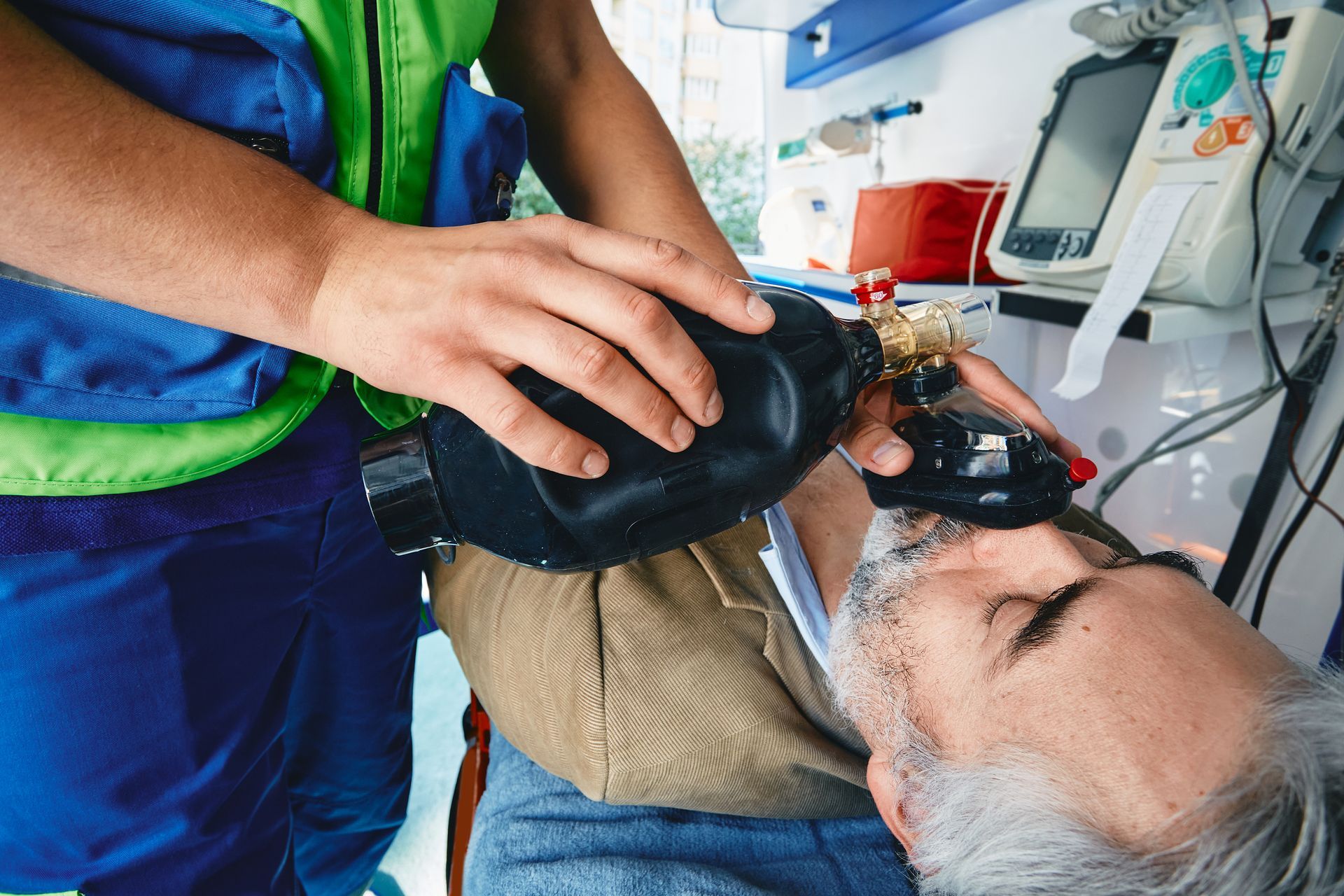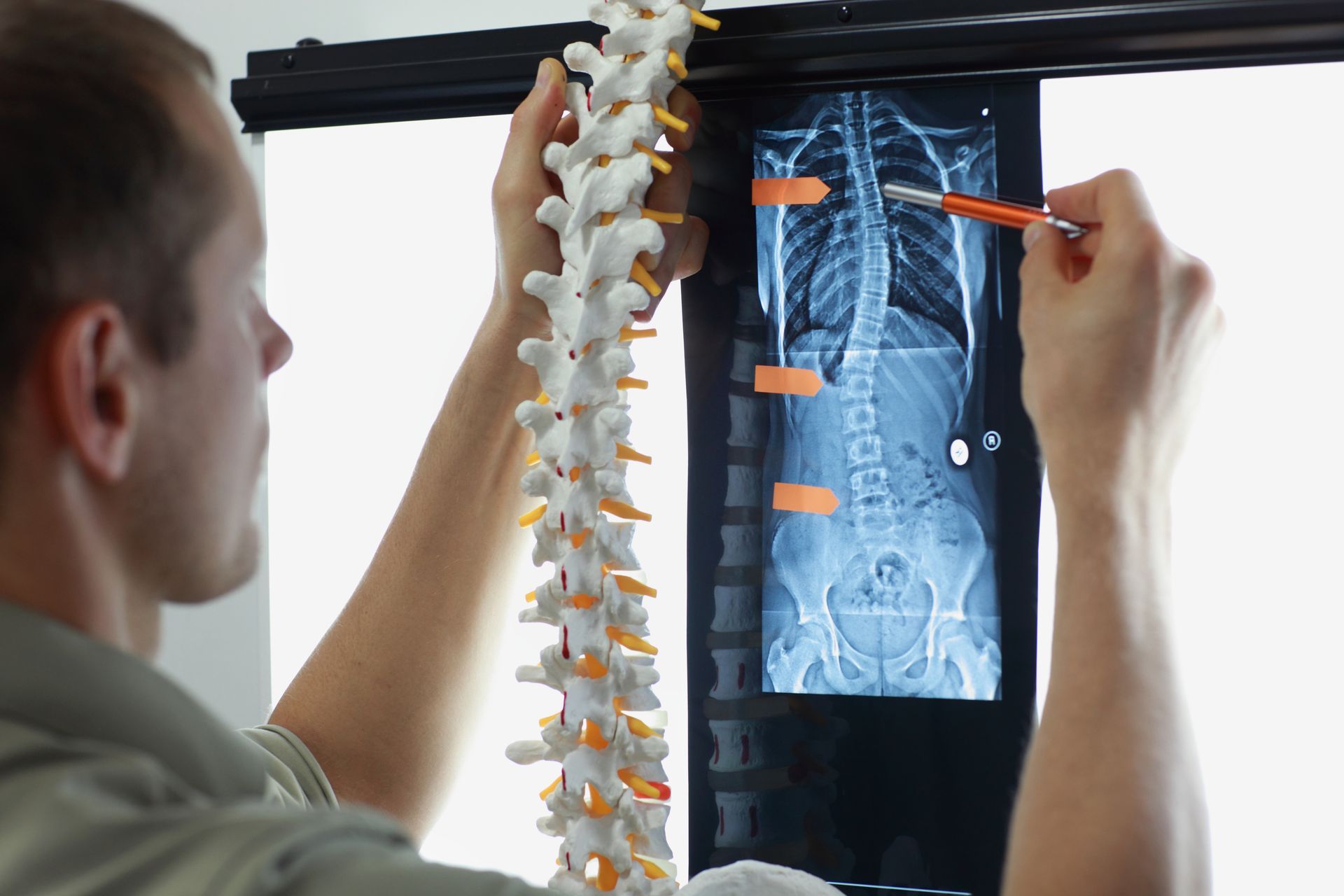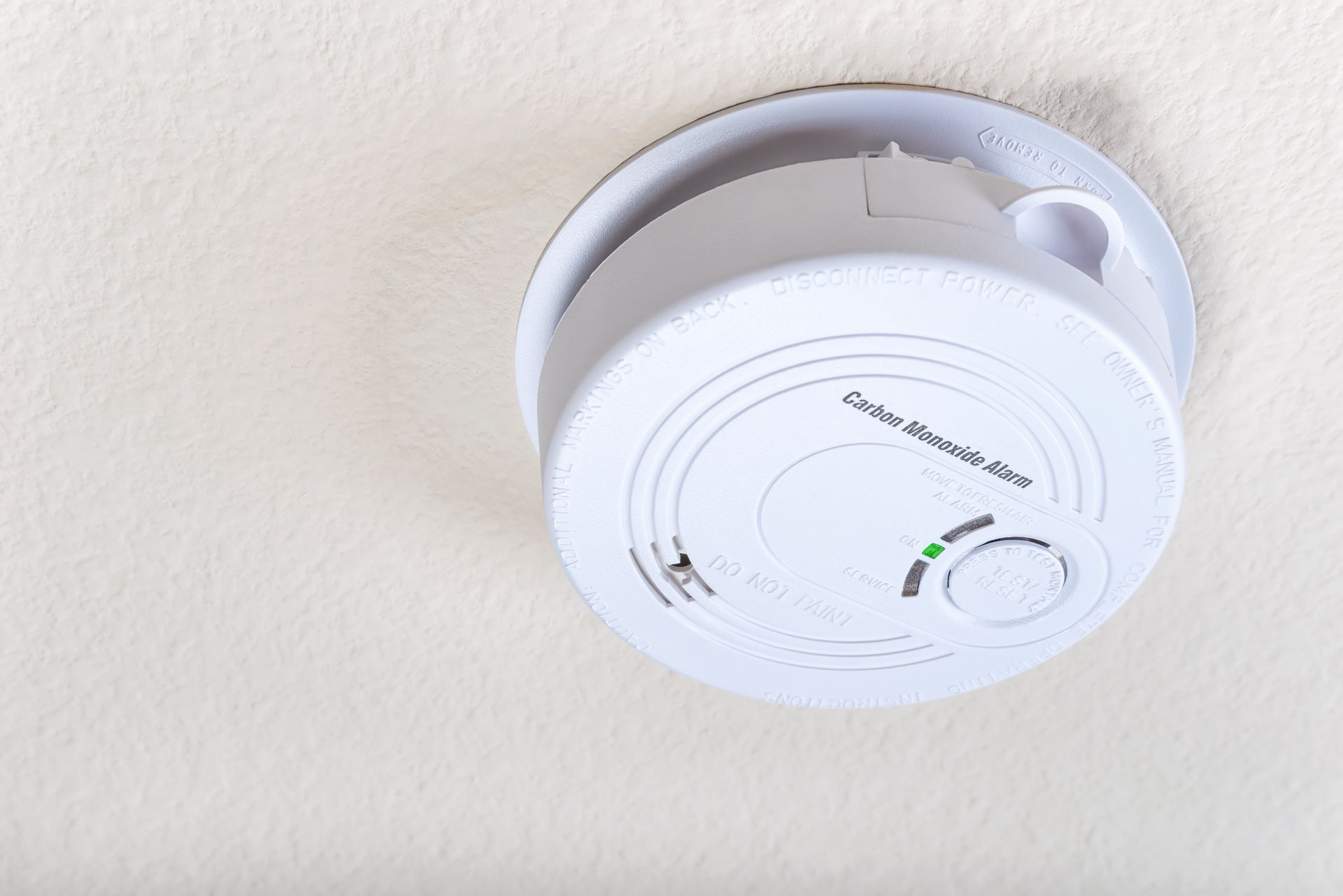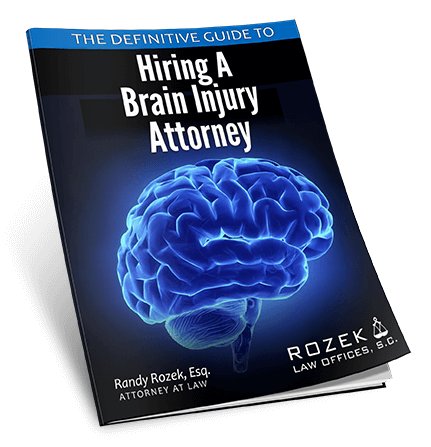New Test May Determine if Coma Patient will Regain Consciousness
A new test that is able to detect brain circuits could help doctors determine if a person in a coma will ever regain consciousness.
According to an article on newscientist.com , the test detects brain circuits that switch back-and-forth between internal awareness and external awareness.
Melanie Boly at the University of Wisconsin in Madison agrees that tests like these could be used alongside other techniques for measuring the levels of awareness in non-communicative patients.
“This will need further validation in other states like sleep-induced unconsciousness and loss of consciousness induced by various anaesthetics,” Boly says in the article.
“The test involves scanning the brains of people who are minimally conscious or in a coma. Other tests for consciousness have used beeps , music or electromagnetic pulses to stimulate the patient – but the latest one needs no active input, simply watching resting brain activity is enough,” the article reads.
A team of researchers studied 58 patients. Twenty four of those studied were minimally conscious, 13 had recovered from minimal consciousness , and 21 were in unresponsive wakefulness.
“Comparing these patients with 35 healthy people, the team found that the extent of anti-correlation between external and internal awareness networks was related to the level of consciousness,” the article reads.
Traumatic brain injury can disrupt conscious awareness and lead to various states – ranging from minimal consciousness to comas. A coma is a prolonged state of unconsciousness. During a coma, a person is unresponsive to his or her environment. The person is alive and looks like he or she is sleeping. However, unlike in a deep sleep, the person typically cannot be awakened by any stimulation, including pain.
Read More: Traumatic Brain Injury Attorney Wisconsin
Comas are caused by an injury to the brain. Brain injury can be due to increased pressure, bleeding, loss of oxygen, or buildup of toxins. The injury can be temporary and reversible. It also can be permanent.
More than 50 percent of comas are related to head trauma or disturbances in the brain’s circulatory system.
But some people in a coma can progress to a state called unresponsive wakefulness, in which people can sometimes open their eyes spontaneously, but show no signs of other conscious activity, according to the article.
Minimally conscious patients can at times follow commands with their eyes, or make small movements, but relying on these as indicators of consciousness is problematic – if a person has damage to the motor areas of their brain, such movements may be impossible.
The team of researchers have designed tests for awareness that don’t require an active sign from a patient. The tests concentrate on the brain’s default mode network (DMN), which is active in healthy people when they rest or are doing nothing.
The DMN is mainly involved in processes of internal awareness : thinking about oneself, daydreaming , mind-wandering, and awareness of one’s body. In healthy people, activity in this network reduces when awareness shifts to external events and stimuli – a shift that can be detected by brain scans. If external awareness goes up, then internal awareness goes down, and vice-versa.
















